Equality in the workplace is something we all talk about and strive to achieve nowadays, but has it always been this way?
The women of Hidden Figures played a significant role in paving the way for equal opportunities, breaking barriers in both the fields of mathematics and aerospace.

The Era
World War II was approaching and the need for faster progress in flight and aircraft technology grew. Skilled mathematicians were needed more than ever.
Women become the solution. This led to breaking barriers:
In 1935, women were hired by NACA to perform complex calculations by hand — serving as "human computers" long before digital ones existed.
In the 1940s, Black women joined the force of "human computers" after Executive Order 8802 banned racial discrimination in federal jobs.

The Challenges
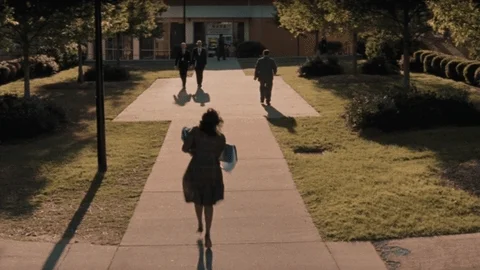
The journey wasn’t easy. Even though these women made significant contributions, they still had to face segregation and racial discrimination. The contributions of African American women were often overlooked.
It wasn’t until 2016 that they received widespread recognition with the publication of Hidden Figures, which was later adapted into a film. Decades later, their achievements were finally brought to the forefront.
Who are the Women of Hidden Figures?
The book and movie focus on three brilliant African American mathematicians whose groundbreaking work helped shape the future of space exploration.
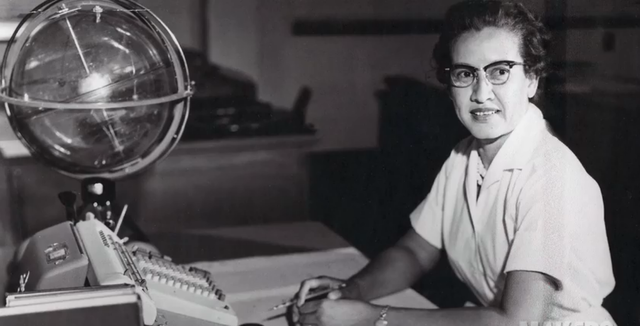 Image courtesy of NASA via Wikimedia Commons
Image courtesy of NASA via Wikimedia Commons
Katherine Johnson
Calculated the trajectory for Alan Shepard, the first American in space.
Verified complex equations by hand, ensuring the safe orbits and returns of astronauts, including John Glenn in 1962.
Made key contributions to the Apollo Moon missions and the Space Shuttle program.
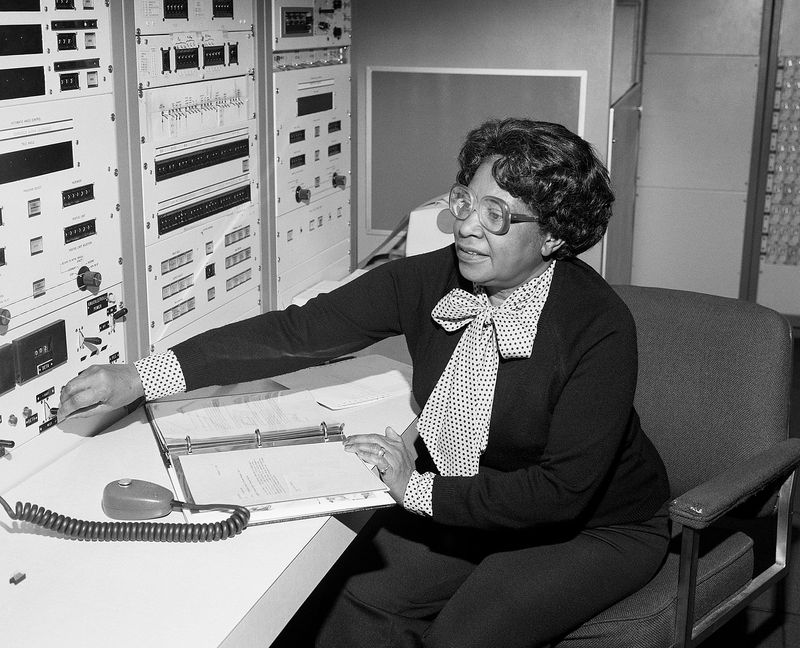 Image courtesy of Wikimedia Commons
Image courtesy of Wikimedia Commons
Mary Jackson
became the first African American female engineer at NASA.
Overcame racial barriers to take engineering courses required for promotion.
Advanced aeronautical engineering and advocating for greater opportunities for women and minorities in STEM.
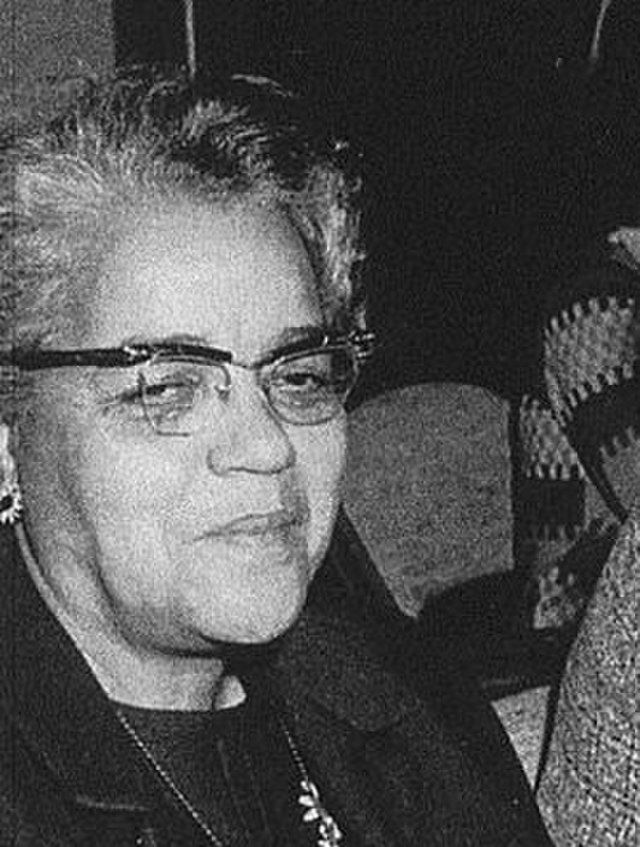 Image courtesy of Wikimedia Commons
Image courtesy of Wikimedia Commons
Dorothy Vaughan
Pioneered the use of Fortran programming at NASA for the transition from human "computers" to digital ones.
Became NASA's first Black female team supervisor.
Made key contributions to space missions like John Glenn's orbital flight.
These women inspired valuable lessons!
1. Resilience in the Face of Adversity
One of the most striking qualities of these women was their resilience. Despite facing racial and gender discrimination, they refused to give up.
Katherine Johnson, for example, continued to demonstrate her brilliance in mathematics, even when others doubted her abilities.
Their perseverance serves as a powerful reminder to keep pushing forward, tuning out the voices that seek to hold us back.

2. The Impact of Teamwork & Mentorship
One of the key reasons these women remained resilient and never gave up was the support they gave each other. They lifted one another up, demonstrating that collaboration and mentorship are essential to success.
Dorothy Vaughan, for example, not only excelled in her own career but also ensured other women, especially Black women, had opportunities to grow and succeed.
This highlights the importance of supporting and uplifting those around us. Strong communities are built on collaboration, encouragement, and shared success.

3. The Importance of Lifelong Learning
Aside from being incredibly talented, these women were never passive. They took charge of their own growth and development, always striving to learn more.
Mary Jackson, determined to become an engineer, took extra courses in math and physics, even petitioning to attend classes at an all-white school.
Their dedication to continuous learning reminds us that growth and adaptability are key to success.
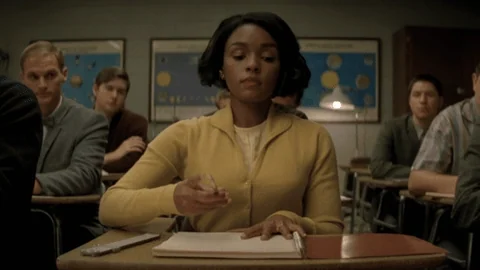
What Would You Do?
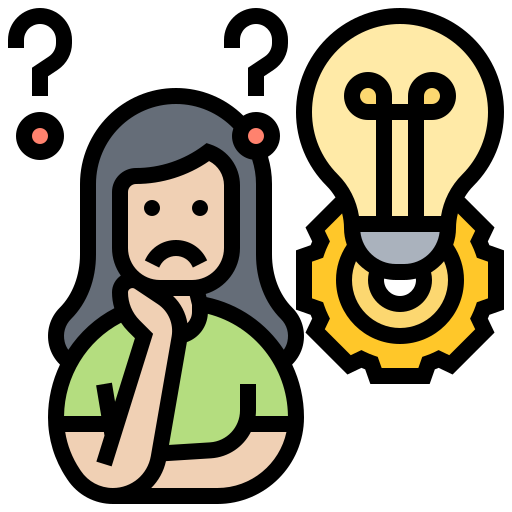
You've been at your current job for a few years and feel like you're doing great work, but you’ve been passed over for promotions and new projects.
How do you respond? Choose all that apply:
A. Join a networking community to share experiences and find guidance.
B. Focus even more on your work, and go after your goals despite the challenges.
C. Take online courses to further develop your skills and qualifications.
D. Wait for opportunities to come to you and hope things improve with time.
Quiz
How do you respond? Choose all that apply:
Take Action

Society has come a long way since the 1940s. However, challenges in the workplace still exist. We can learn how to navigate them from the women behind Hidden Figures.
Your feedback matters to us.
This Byte helped me better understand the topic.
